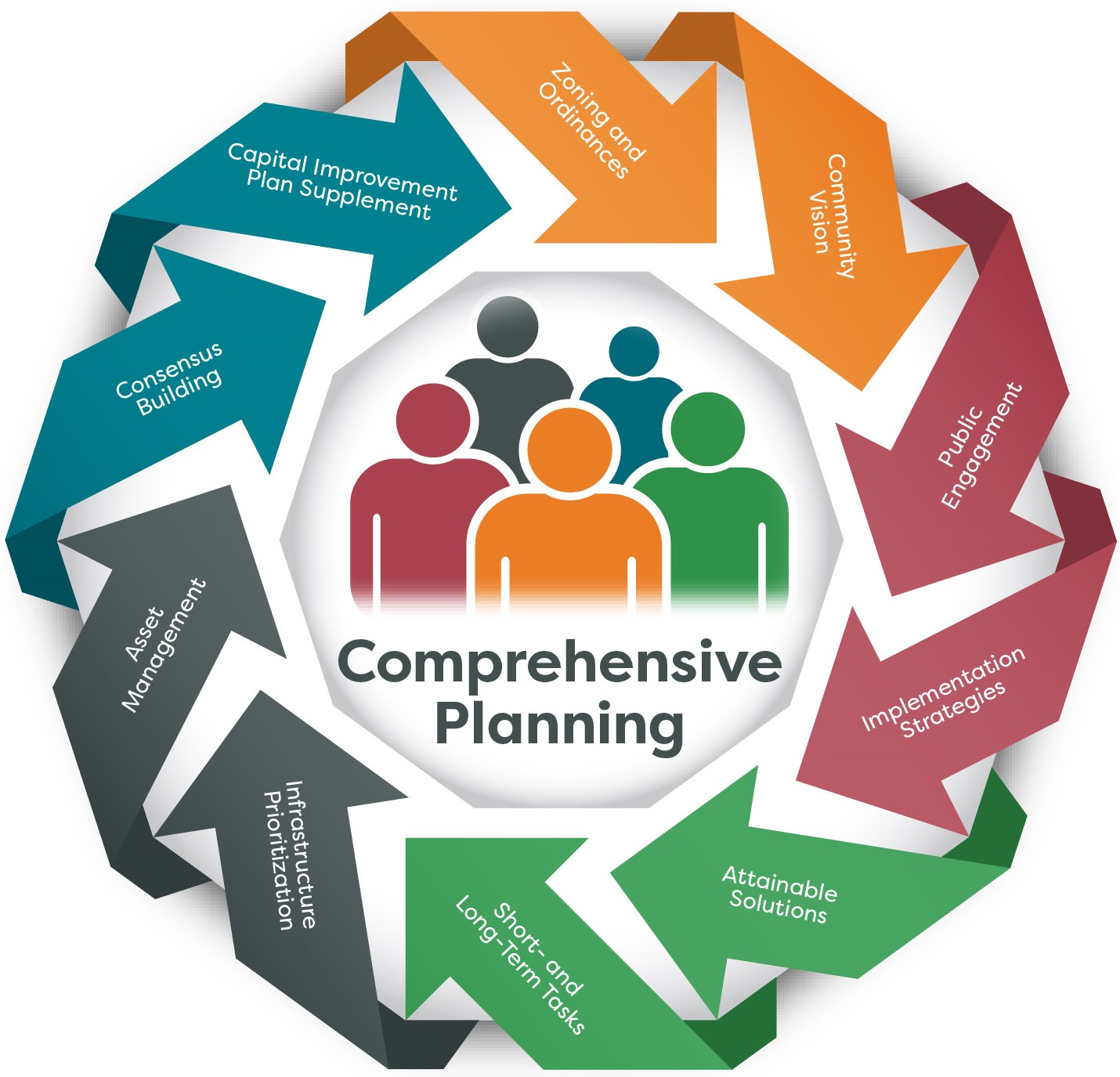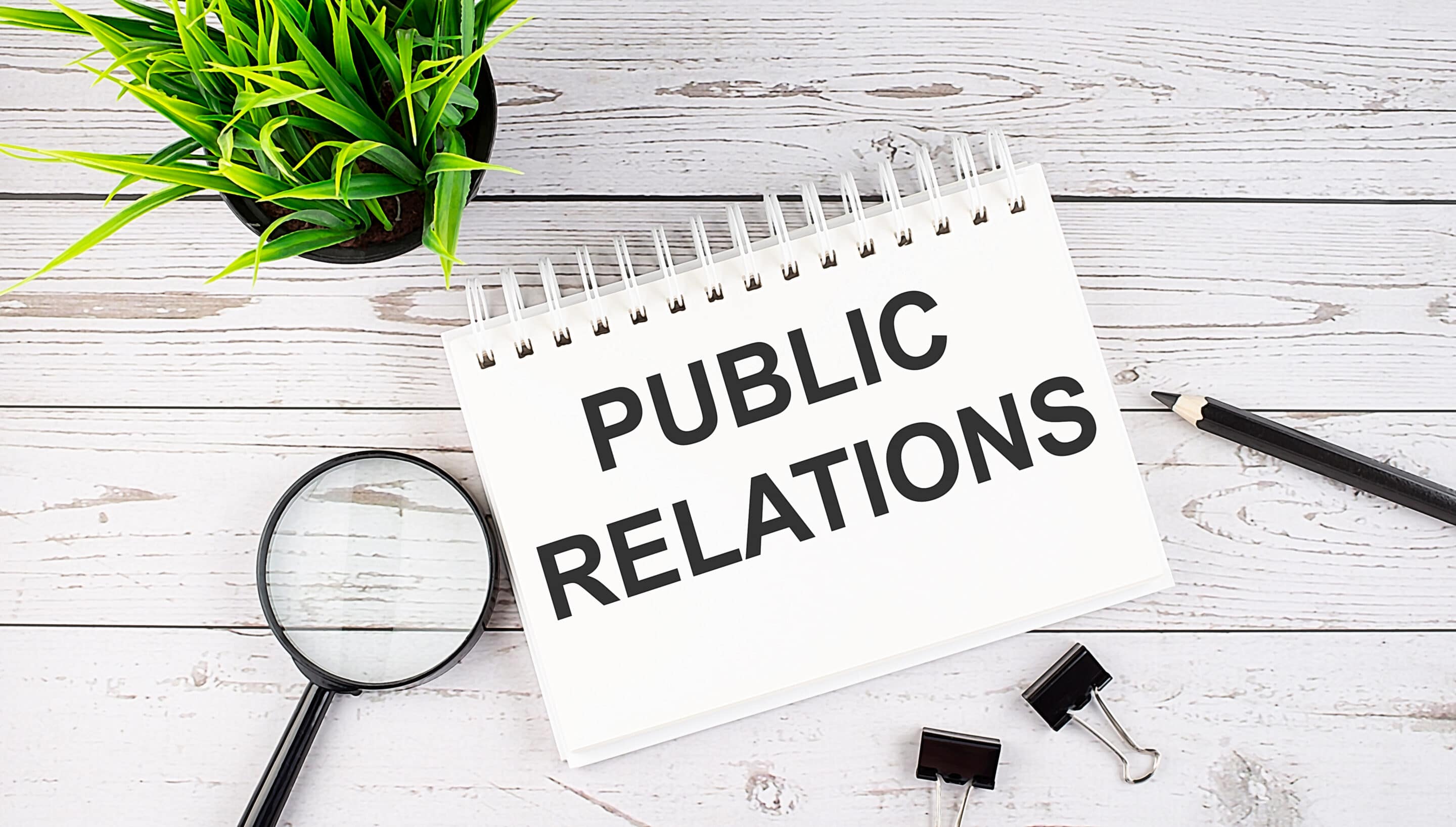Measuring Public Relations Success: A Comprehensive Guide
Do you often wonder whether your PR efforts are paying off? It is not easy to know if your efforts are making an impact without reliable measurements.

The Point of Measuring (Anything) | Point, Measurements, Public relations – Source www.pinterest.com
Understanding the Challenges of Measuring PR Success
Measuring public relations (PR) success can be difficult because PR metrics are often difficult to quantify. For example, it can be hard to measure the impact of a PR campaign on brand awareness or reputation. However, it is important to measure PR success to ensure that your efforts are being used effectively.

Measuring the Success of Public Relations: Key Metrics to Track and – Source goldigen.com
The Ultimate Goal of Measuring Public Relations Success
The ultimate goal of measuring PR success is to assess how well your efforts are meeting your overarching public relations objectives. These objectives may include increasing brand awareness, improving reputation, or generating leads.

Measuring Public Relationships: The Data-Driven Communicator’s Guide to – Source atticbooks.co.ke
Main Points to Consider for Measuring Public Relations Success
There are several key factors to consider when measuring PR success. These factors include:
- Target audience
- Communication channels
- Campaign goals
- Budget
- Timeline
By considering these factors, you can develop a comprehensive PR measurement plan that will track the effectiveness of your efforts.
Personal Experience with Measuring Public Relations Success
I have worked on several PR campaigns over the years, and I have seen firsthand the importance of measuring success. One campaign that I worked on was for a new product launch. The goal of the campaign was to increase awareness of the product and generate leads.

We used a variety of PR tactics to promote the product, including press releases, social media, and influencer outreach. We also tracked the results of our efforts using a variety of metrics, including website traffic, social media engagement, and lead generation.
Defining Measuring Public Relations Success
Measuring Public Relations Success is the process of evaluating the effectiveness of public relations initiatives. This involves identifying key performance indicators (KPIs) and tracking progress towards achieving the desired outcomes.

KPIs can vary based on the specific goals of the campaign and can include metrics such as media coverage, audience reach, engagement, and website traffic.

5 Metrics for Measuring Media Relations Success — PR Return – Source pr-return.com
History and Myth of Measuring Public Relations Success
The history of Measuring Public Relations Success is closely tied to the evolution of public relations as a profession. Early attempts to measure PR focused on output metrics such as press releases issued or media coverage generated.

However, in recent years, there has been a shift towards measuring PR outcomes, rather than outputs. This reflects the growing understanding that the true value of PR lies in its ability to influence target audiences and achieve specific business objectives.

The Importance of Measuring – Educate Direct – Source educate-direct.com
Unveiling the Secrets of Measuring Public Relations Success
Measuring Public Relations Success requires a multi-faceted approach that goes beyond traditional media monitoring. To truly understand the impact of PR efforts, it is essential to consider both quantitative and qualitative data.

Quantitative metrics provide objective measurements of reach, engagement, and conversions. Qualitative metrics, on the other hand, offer insights into the sentiment and perception of the target audience.

October 3, 2019 | Shawn OShea, AICP, ASEL, sUAS | Community Planning – Source viendongshop.vn
Expert Recommendations for Measuring Public Relations Success
Measuring Public Relations Success is not a one-size-fits-all endeavor. The most effective approach will vary depending on the unique goals and objectives of the organization.

However, there are some general recommendations that can help organizations measure their PR success more effectively. These include setting clear goals and objectives, using a mix of quantitative and qualitative metrics, and tracking results over time.

8 Important Tools For Public Relations: Releases, Pitches, Advisories – Source www.threegirlsmedia.com
The Power of Storytelling in Measuring Public Relations Success
Effective storytelling can be a powerful tool for Measuring Public Relations Success. By crafting compelling narratives that resonate with target audiences, organizations can create a deeper connection and drive meaningful engagement.

Storytelling can be used to showcase the impact of PR initiatives, highlight customer testimonials, and humanize the brand. By weaving data and insights into these narratives, organizations can make their PR measurement efforts more compelling and persuasive.

Measuring ROI for Public Relations IS Possible – Force4 Technology – Source force4.co
The ROI of Measuring Public Relations Success
Measuring Public Relations Success is not just about tracking numbers but also about understanding the return on investment (ROI). By linking PR efforts to specific business outcomes, organizations can demonstrate the value of their PR programs.

ROI can be measured in terms of increased sales, brand awareness, website traffic, or other relevant metrics. By understanding the ROI of their PR efforts, organizations can make informed decisions about where to allocate their resources and maximize their impact.
Fun Facts about Measuring Public Relations Success
Did you know that the first PR measurement tool was developed in the early 1900s? It was called the “publicity meter” and it measured the number of column inches of press coverage.

Today, there are a wide variety of PR measurement tools available, both free and paid. Some of the most popular tools include Google Analytics, Meltwater, and Cision.

Scaling and Measuring an Effective Developer Relations Organization by – Source tomtunguz.com
How to Measure Public Relations Success
There are no one-size-fits-all when it comes to Measuring Public Relations Success, but there are general principles and frameworks you can follow to ensure you’re tracking the right metrics for your specific PR initiatives.

The first step is to identify your PR goals and objectives. What do you want to achieve with your PR campaign? Once you know what you’re aiming for, you can start to develop a strategy for Measuring Public Relations Success.

Measuring the Success of Investor Relations Campaigns | Janu Market – Source janumarket.com
What If Measuring Public Relations Success Isn’t Possible?
There may be situations where it is difficult or impossible to measure PR success quantitatively. For example, if your PR efforts are focused on building relationships with journalists or influencers, it may be hard to track the impact of these efforts using traditional metrics.

In such cases, it is important to focus on qualitative measurements, such as the number of relationships you have built, the quality of those relationships, and the level of engagement you are getting from your target audience.
A Listicle of Tips for Measuring Public Relations Success
Here are a few tips for Measuring Public Relations Success:
- Start by defining your PR goals and objectives.
- Identify the metrics that will best measure your progress towards those goals.
- Use a combination of quantitative and qualitative metrics.
- Track your results over time.
- Compare your results to industry benchmarks.
- Make adjustments to your PR strategy based on your findings.
Question and Answer about Measuring Public Relations Success
-
What is Measuring Public Relations Success?
Measuring Public Relations Success is the process of evaluating the effectiveness of public relations initiatives to achieve specific goals and objectives.
-
Why is Measuring Public Relations Success important?
Measuring Public Relations Success is important to demonstrate the value and impact of PR efforts to stakeholders and secure continued support and investment.
-
How to Measure Public Relations Success?
Measuring Public Relations Success involves identifying relevant metrics, collecting data, analyzing results, and making data-driven decisions to improve PR strategies.
-
What are common metrics used to Measure Public Relations Success?
Common metrics for Measuring Public Relations Success include media coverage, website traffic, social media engagement, brand awareness, lead generation, and sales.
Conclusion of Measuring Public Relations Success
Measuring Public Relations Success is a critical aspect of any PR campaign. By tracking your progress and making adjustments as needed, you can ensure that your efforts are meeting your objectives and contributing to the overall success of your organization.





